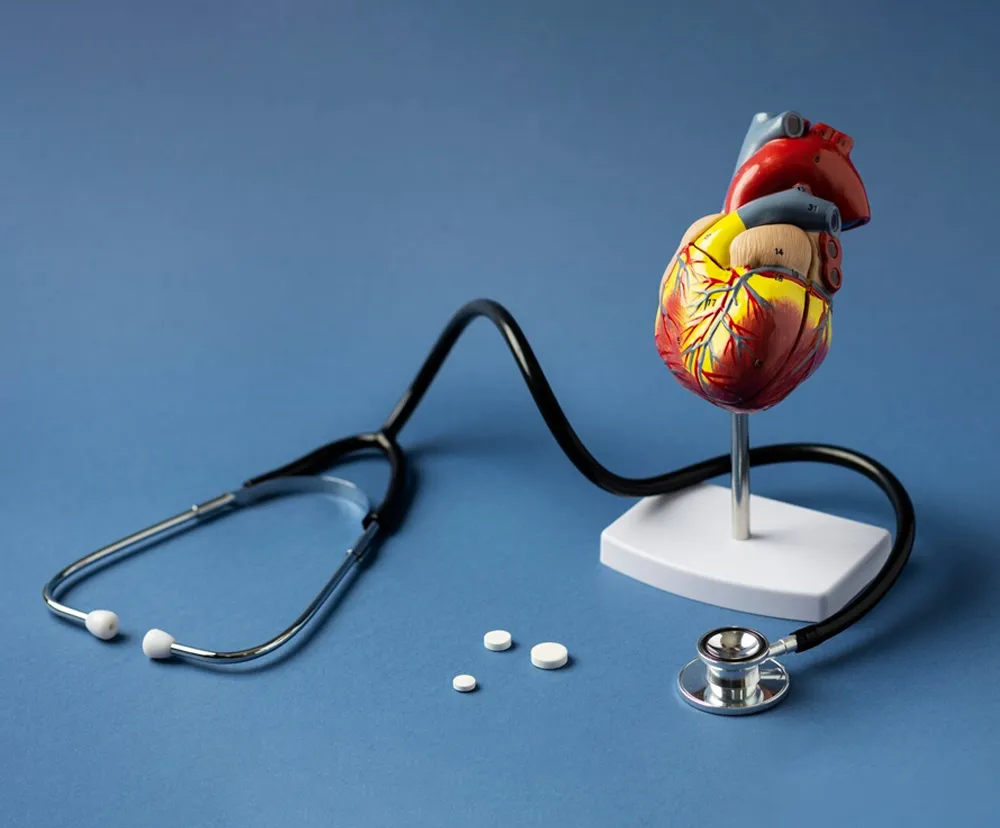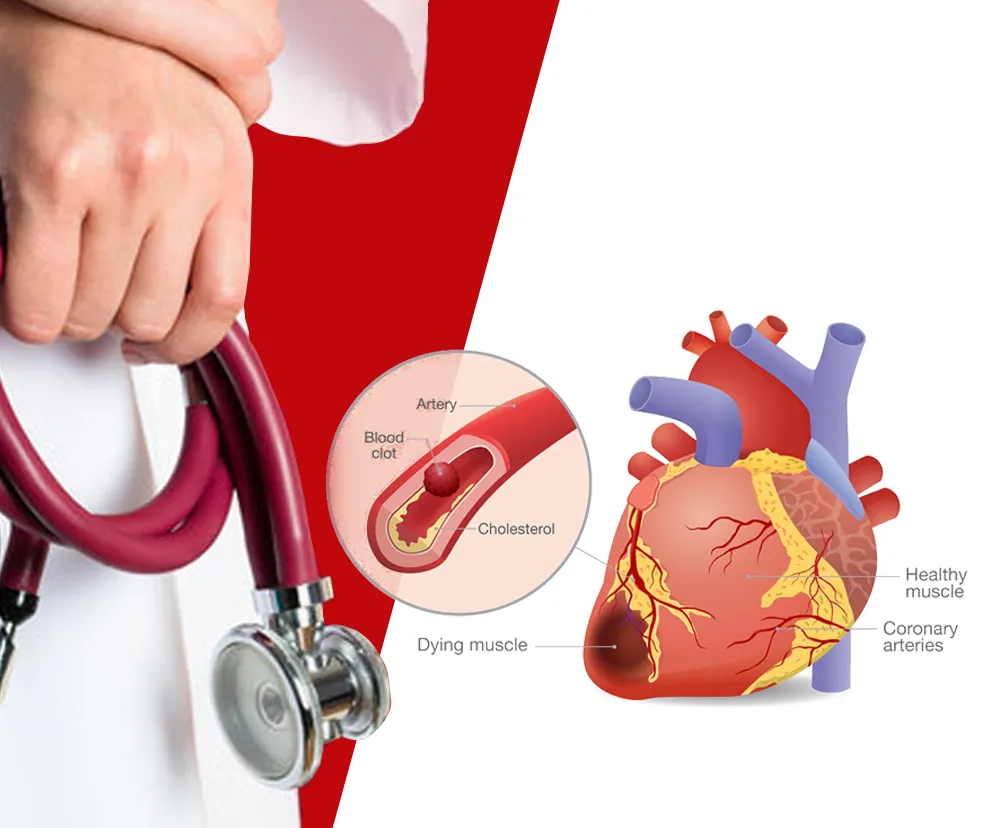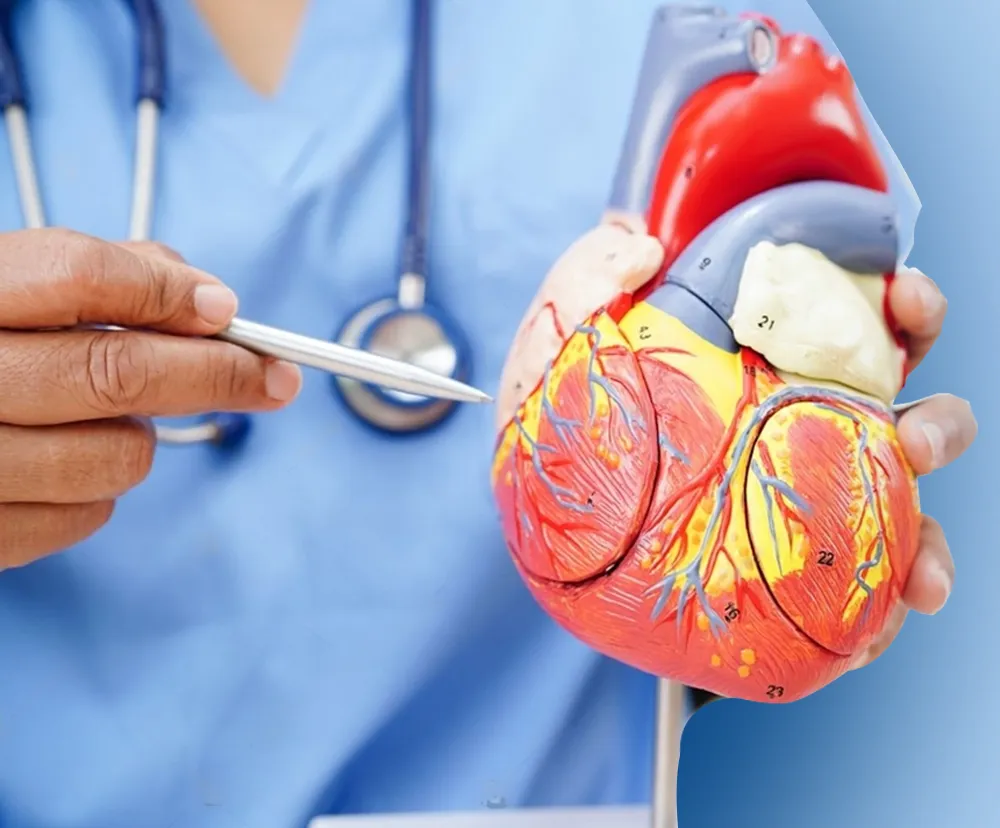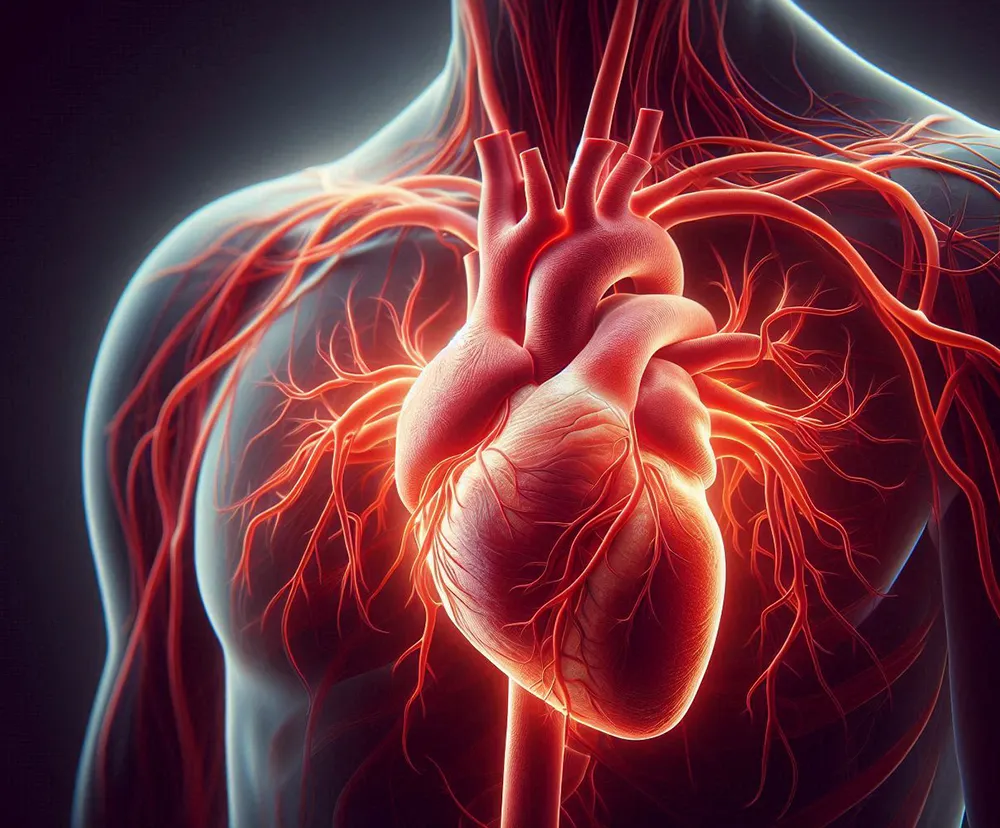Timeline for Recognizing Heart Attack Signs: What you need to know?
Timeline for Recognizing Heart Attack Signs: What you need to know?
- What are signs of heart attack?
- What are the common signs of a heart attack?
- What are the signs of a heart attack in women?
- What are the signs of a heart attack in elderly people adults?
- Is there a timeline of symptoms that may be experience before a heart attack?
- What are the symptoms during a heart attack?
- Are there any symptoms experienced after a heart attack?
- How do I check for risk of heart attack?
Introduction
Sushmita Sen, the title holder of the 1994 Miss Universe beauty pageant, had a heart attack in 2023. She was working out at home when she experienced chest pain and some unease. The persistent pain and the lightheaded feeling along with shortness of breath made her understand that something was wrong. She sought medical attention and diagnostics revealed that she had suffered a heart attack, due to a blockage. She was saved because of her ability in recognizing heart attack signs: What you need to know is that an angioplasty was performed to remove the blockage.
What are signs of heart attack?
There are many signs that can help you understand if you are having a heart attack. However, for some people, a silent heart attack may not present the same strong symptoms. The best option is to undergo tests periodically and reduce your risk of a heart attack. Sushmita Sen acted swiftly by recognizing heart attack signs: What you need to know is that she underwent a procedure to insert a stent for unrestricted blood flow to the heart.
Signs of a heart attack typically experienced can be broadly classified into five different types for ease of understanding.
- You may experience common signs such as chest pain, discomfort in the arms, and difficulty breathing.
- Females may have milder symptoms of a heart attack, with some atypical symptoms. This includes experiencing disturbances while asleep, feelings of nausea, and abnormal fatigue.
- Elderly people diagnosed with certain conditions like diabetes or hypertension may have different symptoms.
- Most people wrongly assume that heart attack will trigger symptoms only in the chest. However, it is to be remembered that a heart attack may have an impact on not only the heart, but the whole body.
- Silent heart attacks present subtle symptoms, that are often mistaken as other conditions. Elderly patients may also have silent heart attacks.
What are the common signs of a heart attack?
To start recognizing heart attack signs: What you need to know is the following. These are typical symptoms that will help in taking further action to either confirm or rule out a heart attack.
- Pain in the chest pain – This is by far, the most commonly reported symptom – pain or some unease in the middle of the chest or on the left side. This pain may be experienced like a feeling of fullness or severe squeezing. The area may feel like it is under extreme pressure. Sharp pain is experienced in only a lesser number of patients.
- Shortness of breath – Difficulty breathing is almost always experienced along with chest pain. In some instances, you may also experience this before discomfort in the chest.
- Pain in the upper body – Some pain or discomfort may be experienced in either of the arms or both arms. Usually, the pain is experienced on the left arm, and this radiates or spreads to the shoulders. As part of recognizing heart attack signs: What you need to know is that this pain is distinct. You will not experience more pain when you move your arm or arms, unlike pain due to arthritis or muscle pain. This pain may also be experienced in the neck, the jaw, or the upper back.
- Lightheadedness – Another symptom is a distinct faint feeling, or overall weakness.
What are the signs of a heart attack in women?
Females experience a different set of heart attack symptoms and these are often mistaken as symptoms of other problems. Common heart attack symptoms experienced by females either with chest pain or without chest pain, include the following:
- Sudden overall weakness.
- Severe difficulty in breathing.
- Feelings of nausea, or indigestion.
- Abnormal, unexplained body pain.
- An overall sick feeling.
- Some unease in the upper part of the body or the back.
What are the signs of a heart attack in elderly people adults?
For clearly recognizing heart attack signs: What you need to know is that elderly people above the age of 65 years may experience silent heart attacks. Some of them may experience heart attacks that have uncommon symptoms. This age group is more prone to the risk of a heart attack, stroke, or some heart disease. One of the reasons for different symptoms is that elderly people end up with diabetes or high blood pressure.
Is there a timeline of symptoms that may be experience before a heart attack?
In some cases, there is a possibility of the person experiencing some symptoms before a heart attack. This could be minutes, hours or days before a heart attack. Here is how you may sometimes experience symptoms before a heart attack.
- Hours or days prior to the actual heart attack
You may experience overall and unexplained tiredness, and this is reportedly higher among women. You may begin to experience disturbances when sleeping, or your sleep patterns may change without any reason. Difficulty breathing is also another early symptom, that may be felt even with less exertion or during rest. You may experience some mild pain or unease in the chest intermittently.
- Minutes or hours prior to the heart attack
You may experience pain in the chest that lasts for a few minutes, and could return again. This pain is more like pressure, or a squeezing sensation, or a full feeling. Similarly, you may experience pain in the upper body, such as the arms, the back, the neck, jaw, or stomach. Before unease in the chest, you may find it difficult to breathe, or you could experience this along with chest discomfort. You may break out into a cold sweat, feel sick, or feel like vomiting. A lightheaded or dizzy feeling may also be experienced.
What are the symptoms during a heart attack?
Now that you have a fair idea for recognizing heart attack signs: What you need to know is the symptoms experienced during a heart attack. You may feel the following if you are having a heart attack:
- Extreme pain in the chest – This may extend to the arms, the neck, jaw, or back.
- Extremely difficulty to breathe – This may cause panic.
- Changes in heart beat rate – Your heart may start beating rapidly or have irregular beats.
- Losing consciousness – Another symptom is the patient fainting.
Are there any symptoms experienced after a heart attack?
After a heart attack, some of the symptoms may persist. For instance, chest pain and difficulty in breathing may continue after the heart attack. Similarly, overall tiredness or weakness will remain after the heart attack.
How do I check for risk of heart attack?
You can check for risk of a heart attack through periodic clinical tests to look for blood pressure, cholesterol, diabetes etc. Another important aspect is the genetic component of a heart attack. One of the reasons for heart attack is congenital heart defects and a family history of heart attacks. A genetic test will help determine if you have any genetic mutations by birth or if it runs in the family. These genetic tests, presently available in Tamil Nadu, help to assess your future or lifetime risk of a heart attack. With this information, you can seek remedial measures to reduce the risk of a heart attack.
Medically Reviewed by
Dr.Rajasekar Cardiologist
Dr. Rajasekar is a cardiologist in Chennai, with extensive experience in the field. He completed his MBBS from Madurai Kamaraj University, followed by an MD in General Medicine and a DM in Cardiology from The Tamil Nadu Dr. M.G.R. Medical University (TNMGRMU).
Related Blogs :

Understanding Genetic Methylation Tests: A Guide
Understanding Genetic Methylation Tests: A Guide Introduction What is Genetic Methylation? The Role of Methylation in Gene Expression The Importance of Genetic Methylation Tests Health Conditions Linked...


Expert guidelines on treatment and management of cardiovascular diseases
Expert guidelines on treatment and management of cardiovascular diseases Introduction What are the various cardiovascular disease treatment options? What are the treatments for cardiovascular disease in advanced...

Doctor of Pharmacy (Pharm.D) from the University of Delhi Experience : Dr. Srinivasan is an experienced pharmacist with a Doctor of Pharmacy degree from the University of Delhi and over 12 years in the field. She has worked extensively in clinical and community pharmacy settings, focusing on patient care, medication management, and drug safety. Dr. Srinivasan also contributes to health and wellness publications and serves as a consultant for pharmaceutical companies and healthcare organizations. Her expertise spans clinical practice, pharmaceutical writing, and regulatory affairs.



